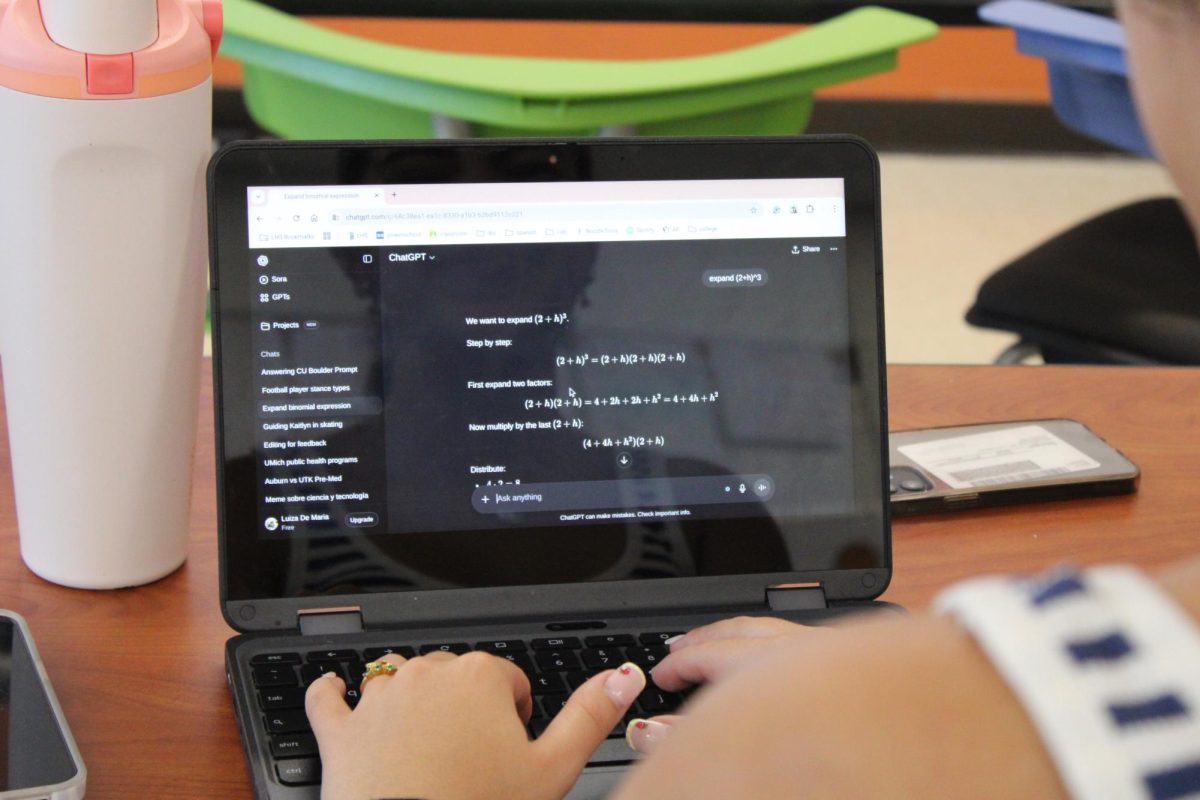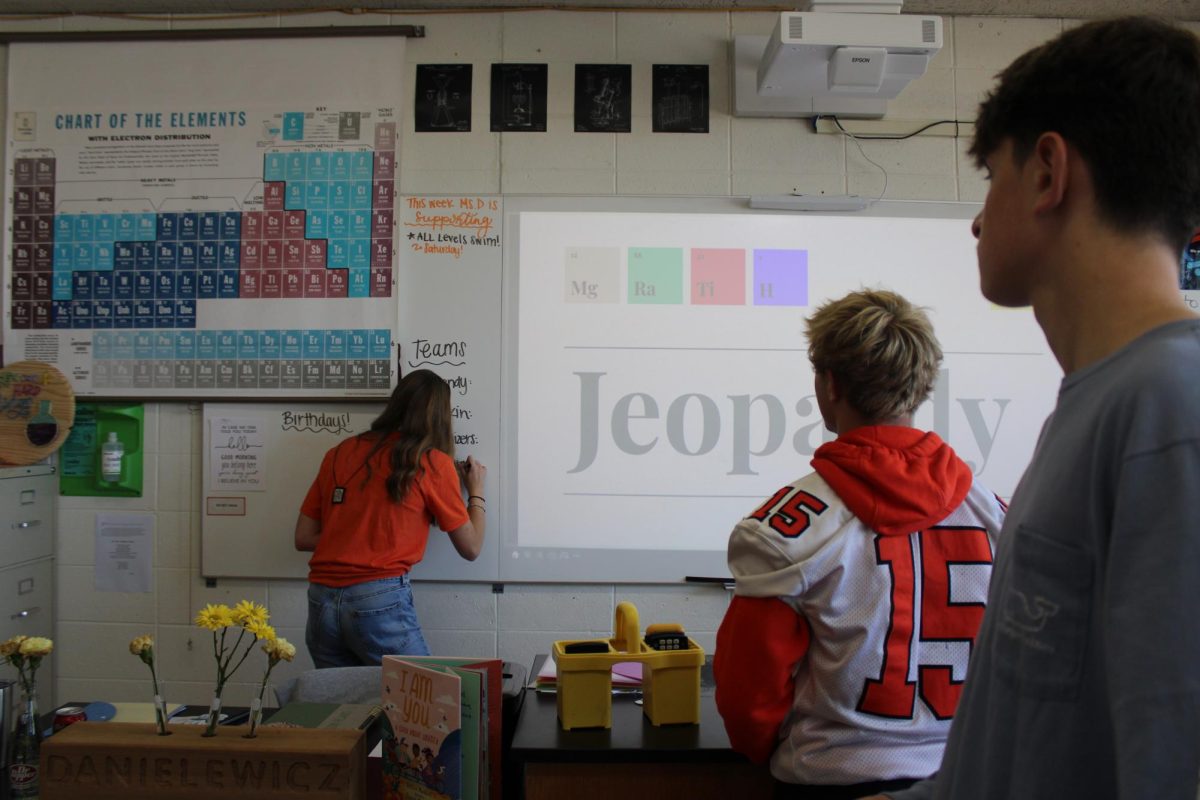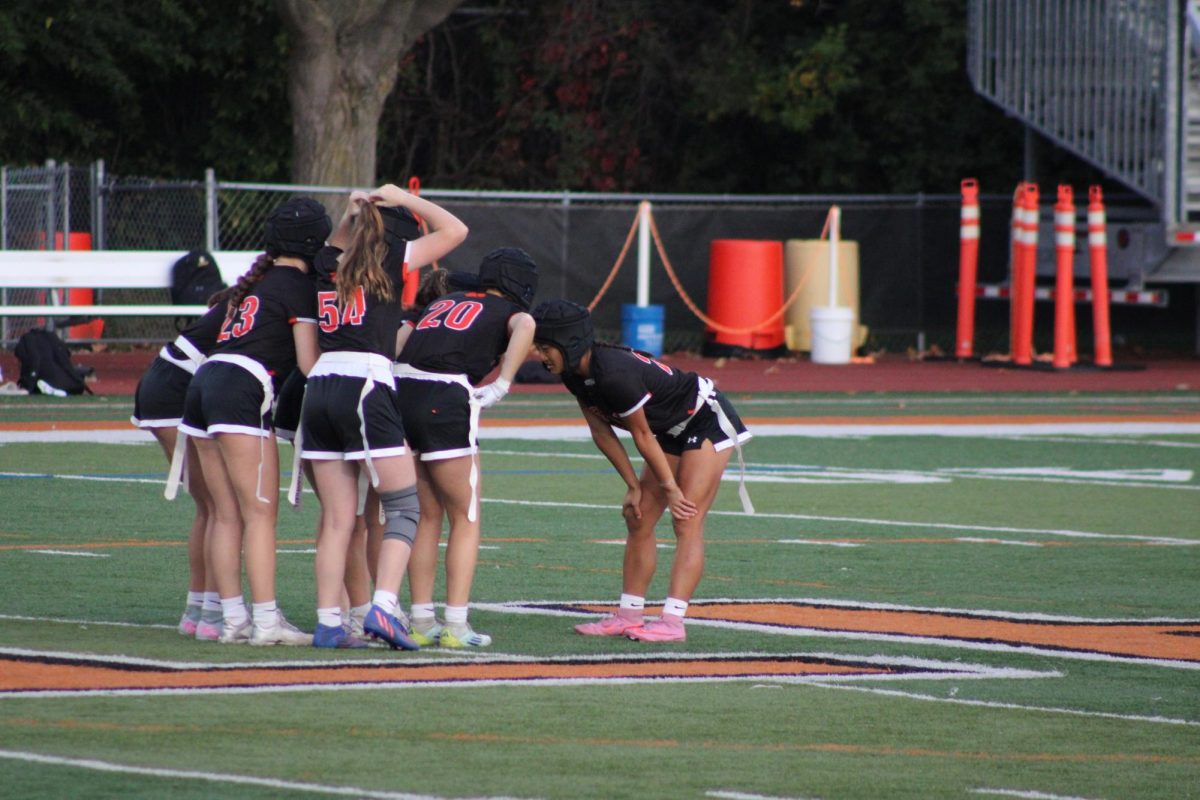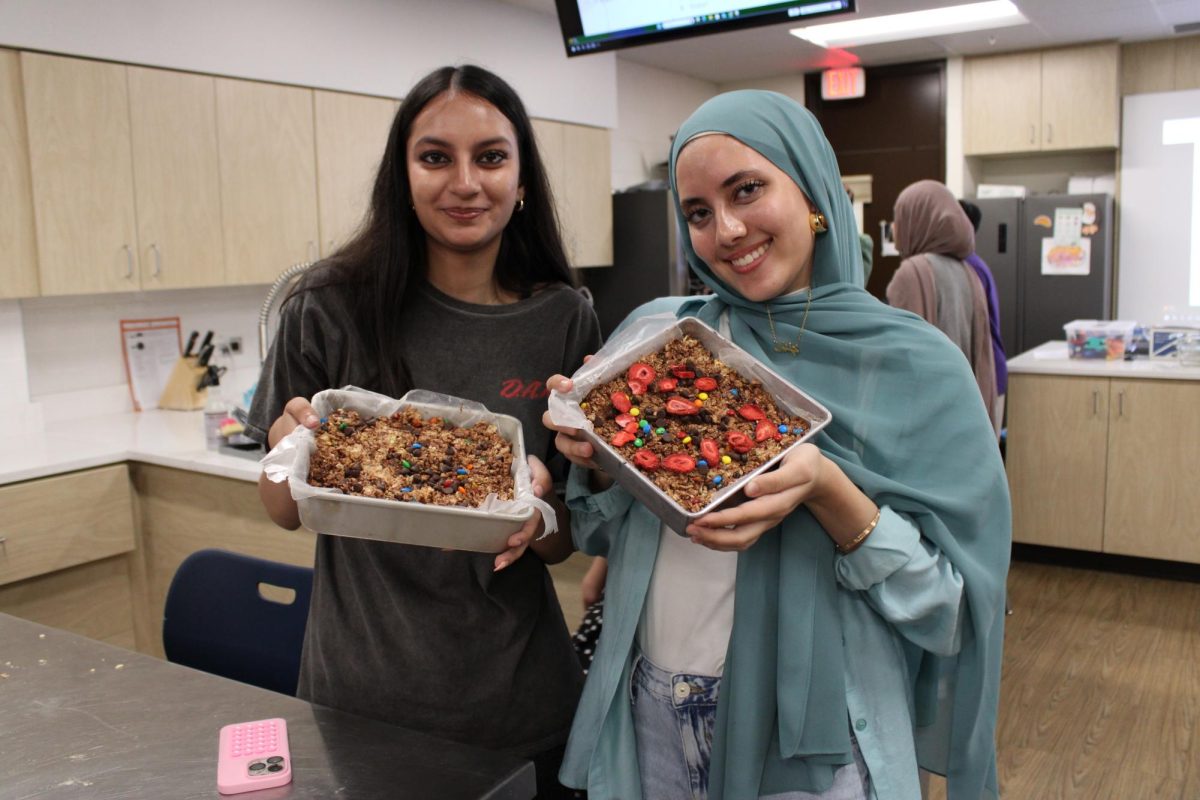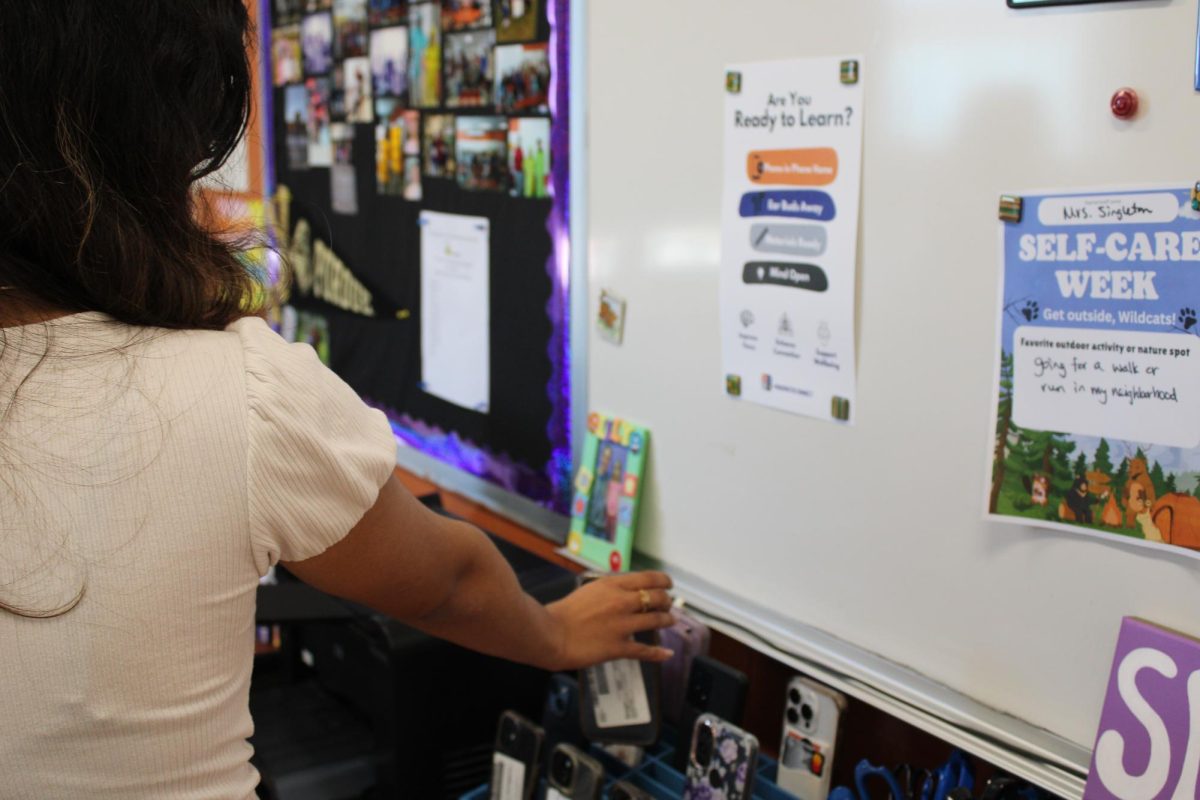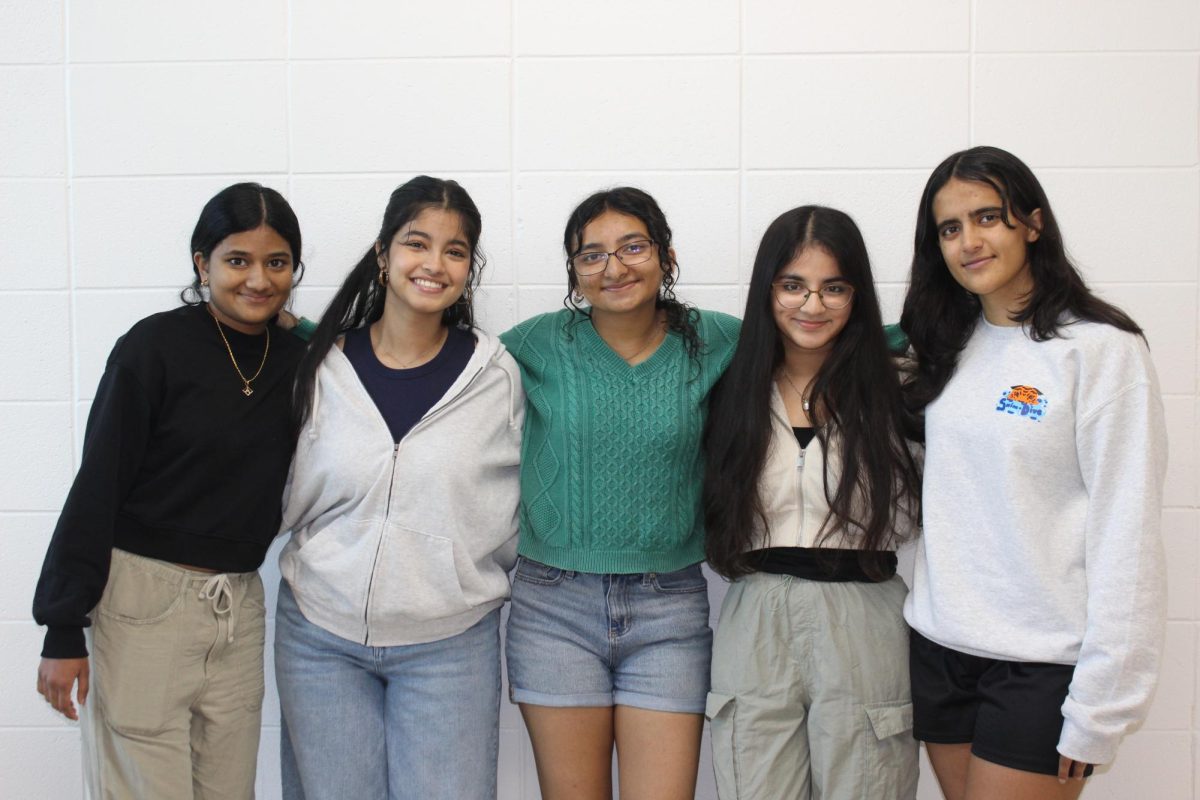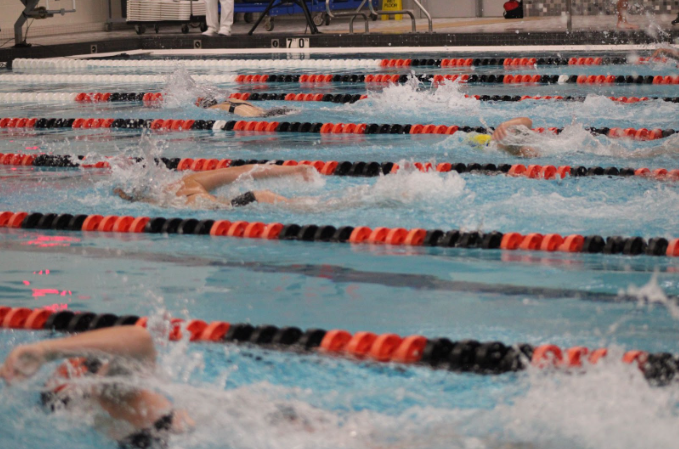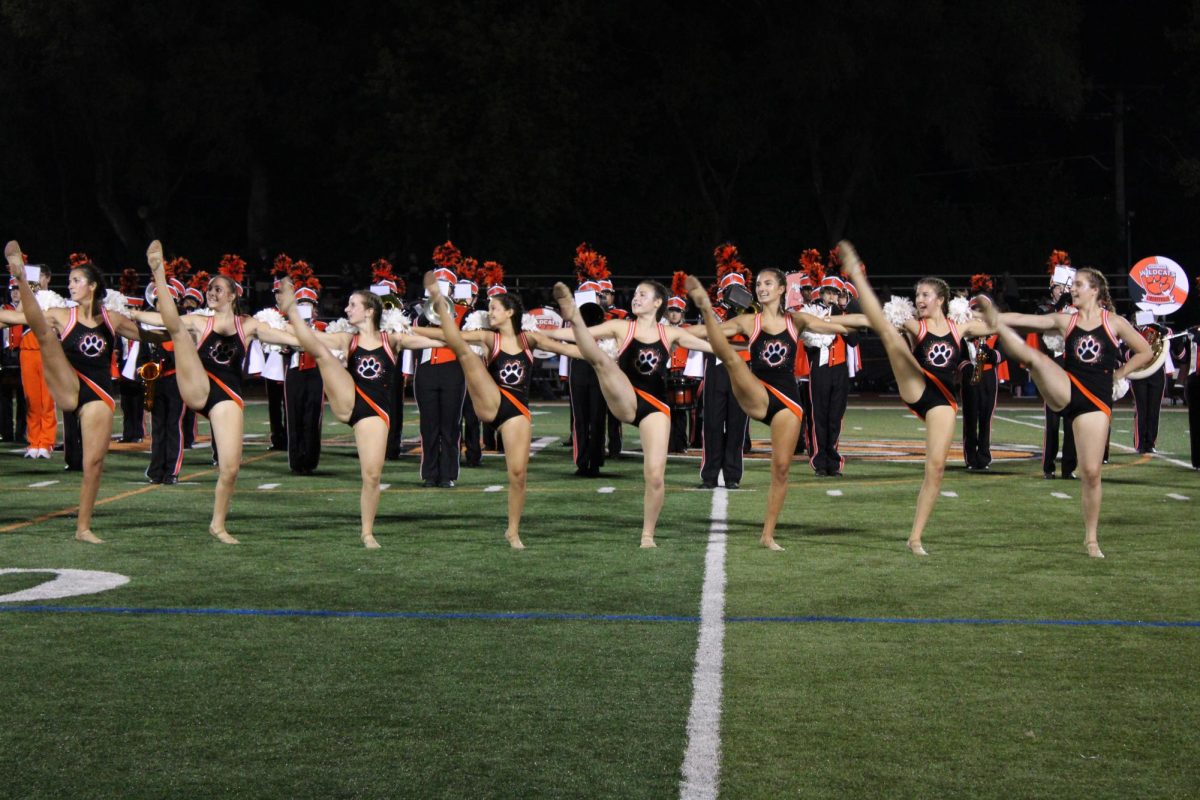One of the most common conversation topics– both at LHS and nationally– is AI: what it is, what it’s doing and where it’s going. Artificial intelligence, also known as AI, is present not only at LHS but at high schools across the country, and this growing use makes the question of “Is AI good or bad?” increasingly prominent. AI has affected almost every aspect of human life. From high schools to the White House, it is universally used by all. But, because of this, there are many differing opinions on it as well, good and bad.
People who dislike AI commonly make arguments expressing how it can cause an economically dangerous loss of jobs, and that it constantly spreads misinformation. On the other hand, people who favor AI see how it can be useful, arguing that it can lead to the enhancement of creativity and productivity and can even lead to an increase in jobs. Either way, AI has drastically influenced and changed this generation, but for better or for worse is the question.
Dr. Thomas Koulentes, former principal of LHS and currently one of D128’s assistant superintendents, believes that AI is an incredibly useful tool.
“I see there’s a lot of potential for how it can be used to help make humans more productive, more efficient, better decision makers, better communicators,” Dr. Koulentes said. “We still want students to do their own thinking, but we want AI to help them create even better thoughts and refine their thinking to be even better than it was when a student generates on their own.”
AI has a reputation for being a substitute and time-saver for students, often abused for tasks it shouldn’t be used for, but Dr. K believes that, if used appropriately, AI can lead LHS students to a better future, amplifying students’ creative and imaginative minds. Besides students, AI has been proven to provide teachers with tremendous time-saving help, which they’ve said has helped them tend to more pressing matters, such as helping students.
Unfortunately, AI is not an entirely positive tool and can be and is often mistreated by society.
“Too many students use it as a substitution for thinking, and it’s in that regard, destructive to their future,” Mr. Dennis Duffy, a social studies teacher at LHS, said.
While accepting that AI has benefits, he believes that the negatives outweigh the positives due to incorrect usage. The temptation of saving time and perhaps enhancing authentic work illicitly is too great for society to ignore.
Mr. Craig Schmidt, an English teacher at LHS, is also concerned about the future of AI. Problems such as a decrease in jobs as a result of the workforce’s dependence on AI is a major concern of his and many others.
“I think it’s going to harm humanity more than anything else, mostly because it will take jobs from people,” Mr. Schmidt said. “And it’s even hurting creators, and overall, it’s going to lead to people having less satisfaction and happiness in their lives.”
For many, these risks are ultimately too dangerous for AI to be used in the classroom effectively.
Artificial intelligence has shown the demand for skills such as critical thinking, human nuance and collaboration in the future. Because AI takes over the technological part of the workforce, society needs to work on their soft skills to prepare for the future. With the decline in jobs, these soft skills will be looked for by employers and colleges as a pivot from technology skills that will be popular in the future. Simple tasks such as solving logic puzzles in the “New York Times” or giving and receiving feedback from teachers and peers can drastically improve people’s thinking skills for the future.
Although AI has a negative connotation surrounding it, there are still endless possibilities as to how society could use it to better their own future and others’. Overall, AI has its pros and cons, but students and teachers alike must find a way to use AI to their advantage without destroying their future.



